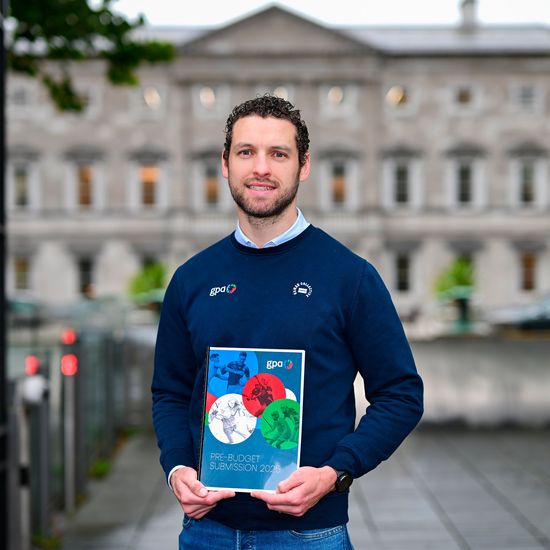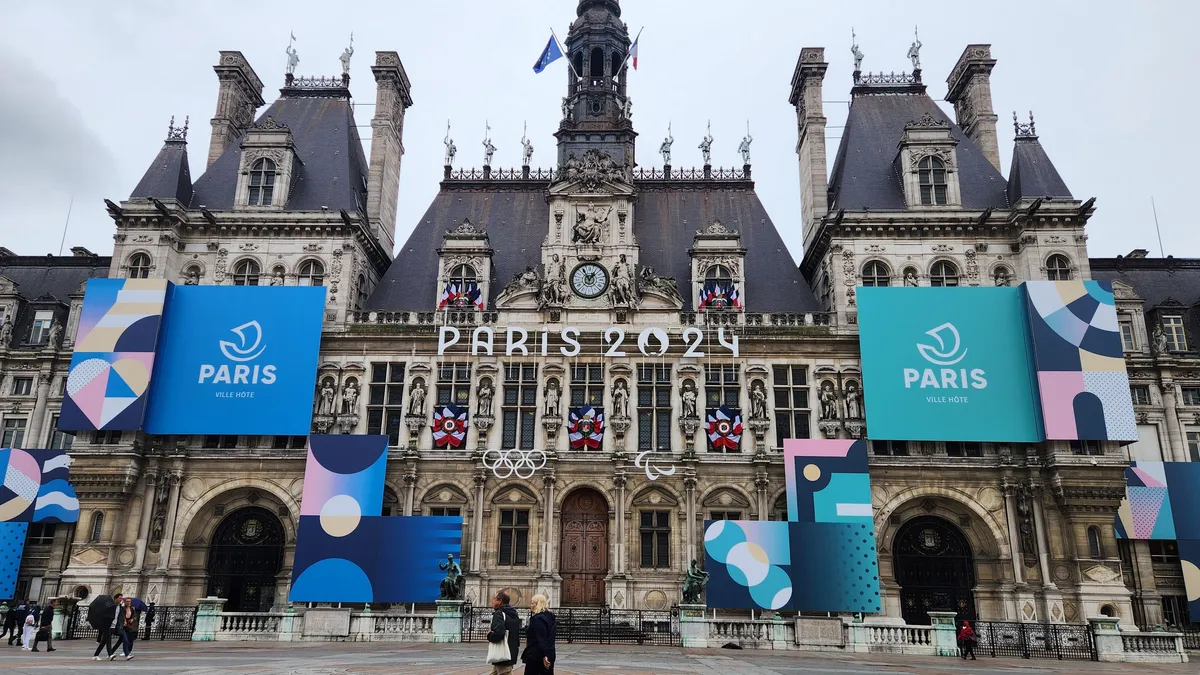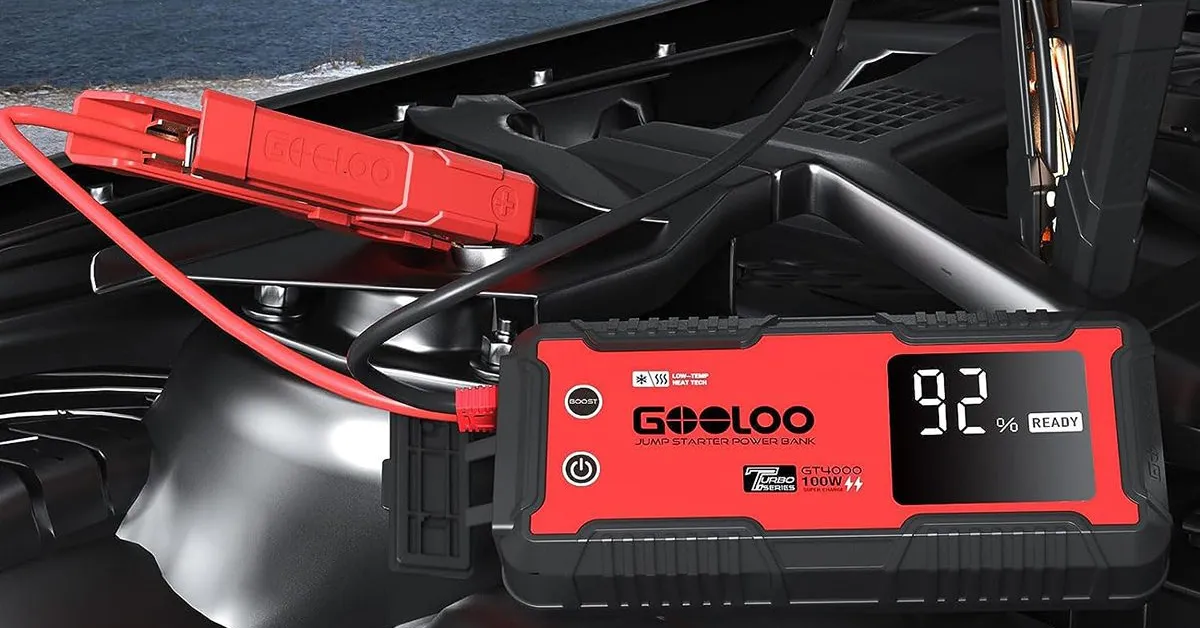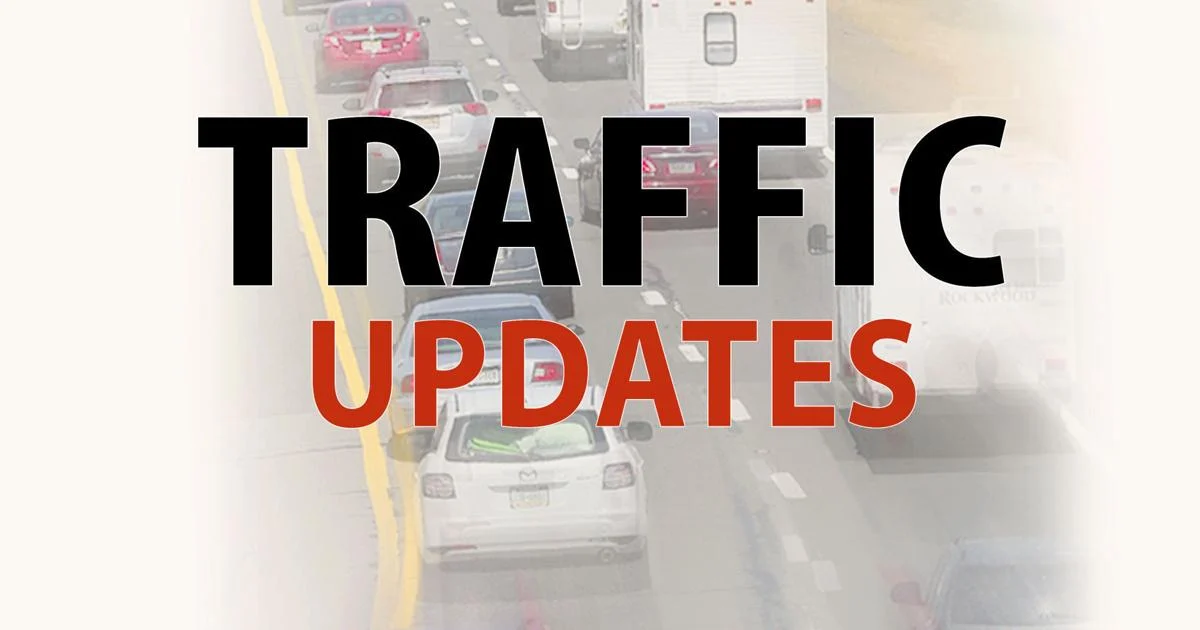By Colm Keys
Copyright independent

The current average grant level is €1,470 per player from an overall annual pool of €5.6m. They are making a pre-Budget submission to take this up to €2,500 on average per player, €10m in all.
The players body has had ongoing discussions with Taoiseach Micheál Martin, Minister for Finance Paschal Donohoe, Minister for Sport Patrick O’Donovan and Minister for State Charlie McConalogue on the matter.
And they have received firm backing from a number of MEPs who have signed a letter encouraging Minister Donohoe’s support.
Regina Doherty, Sean Kelly, the former GAA president, Maria Walsh, Nina Carberry and Ciaran Mullooly have all advocated that inter-county games “hold a unique place as an expression of Ireland’s culture and heritage” and in recognising their “unparalleled commitment, dedication and sacrifice” that it was incumbent on them, as public representatives, “to ensure that this national treasure is safeguarded and supported for future generations.
“The reality for inter-county players is that participation comes with significant personal cost,” the five MEPS stated in their letter.
That personal cost and the commitment made was laid out at a presentation by the GPA, led by its chief executive Tom Parsons earlier.
Parsons set out the economic, cultural and community case for increasing the grant for inter-county players because of those contributions and their place in society as role models.
An increase to €2,500 per player would be an annualised increase of 1.5pc per year since the initial 2008 figure was agreed. The grants are largely equal but do have bands to reflect seasonal longevity.
Male inter-county-county players have been in receipt of Government grants since 2008, after years of lobbying of the successive Governments.
Initially it was €1,944, on average for every player, from a €3.5m annual overall contribution. But hard economic times saw that drop to €900,000 by 2015.
In 2016 the Government extended support to female inter-county athletes for the first time and in 2018 funding for male athletes jumped back up to €3m. By 2021 the then Minister for Finance Jack Chambers oversaw a three-fold increase in the grants paid to their female counterparts, bringing parity.
Male players have had no increase in the grant since 2018 and the GPA has cited the enormous cost of living increases in those seven years, with food, rent and transport all rising substantially. Based on the 2008 figure, the grant contribution is down by 24pc.
The GPA estimates that nutrition and travel expenses, not reimbursed, are €4,600 per player per year, up €1,500 since 2018.
Impact on education and career due to involvement is estimated at €5,200 with loss of earnings overtime at €3,500.
The GPA has cited an independent assessment by Indecon Economic Consultants published earlier this year that calculated the economic value of inter-county players’ activity at €591m in 2023, a 51pc rise in the five years since 2018. That incorporates €353m in gross value added to the Irish economy and a further €62.3m in Exchequer contributions through taxation and economic activity.
For more than two decades the idea of tax relief for amateur Gaelic games players has been discussed to bring some parity with retired professional athletes who receive 40pc relief from any 10 years of relevant assessment.
In its submission, the GPA estimated that if that system was applied to its members the equivalent figure would be €4,290, as per the Indecon report. This was based on average salaries.
But a tax relief system for amateurs would be difficult to operate on a few levels. Many inter-county players are students, there are the players in the Six Counties outside the Irish Government’s tax jurisdiction and there’s the obvious disparity between a part-time worker and a professional at the other end of wage scale entitled to vastly different reliefs.
In lobbying members of Government, Parsons said some were “surprised that players are out of this pocket.
“A lot of Government (members) weren’t aware of the scheme so there was a huge education,” he said.
“It’s important that if there is an announcement on increased funding for inter-county players, that the public are aware of the why, what do they generate for the Exchequer, what’s the economic impact, how many jobs do they support, how does it compare to how
they were funded 15 years ago.”
Strikingly, the €10m the GPA are seeking for their members is equivalent to what the Government have put up for the first ever NFL game to be played on Irish soil, between the Pittsburgh Steelers and Minnesota Vikings in Croke Park later this month.
Parsons said this wasn’t a “stick” they were using to beat the Government with but when they had consulted with players across the country “it jumped off the page.”
“Is it €4m-€5m for the college football game (Aer Lingus College Football Classic) on an annual basis,” he asked. “I’m sure Government has different reasons for funding these initiatives, but players do see that and say ‘how many people from the US and from Europe fly in for the All-Ireland Finals?’ There’s a huge economic impact and our economic report would trump the economic report for the NFL game in what players bring to the table,” he insisted.
The GPA has also highlighted the drop out rates across the board, particularly in some of the less successful and less resourced counties.
Parsons cited Leitrim’s senior footballers this year who retained just 12 out of their 32-strong squad from 2024. Many were students who simply couldn’t afford an inter-county commitment, travelling from colleges in Dublin and other towns and cities.
“If we lose the Leitrims, we will lose the cultural heritage, so €2,500 (per player)? I can just talk from my experience, when I started playing (for Mayo) and I was a student, this was gold in 2008. It meant that it was just enough that I didn’t need to be working in a bar on a Saturday night, and that’s when the cost of living was way down, rent was way down and there was no problem getting student accommodation.”
The drain from ladies GAA is even greater with the average age just 24, compared to 27 in the males codes.
The lure of professional contracts in AFLW is also significant and Parsons spoke of a “value proposition” to be able to keep some of those players. Increased player grants would play a role in that, he said. There are 40 Irish girls currently playing in the AFLW, some of whom didn’t play with their counties this year.
Separately the GPA are currently in talks with the GAA over a new charter that corporates travel and nutrition expenses and the provision of gear and tickets, among other things.



